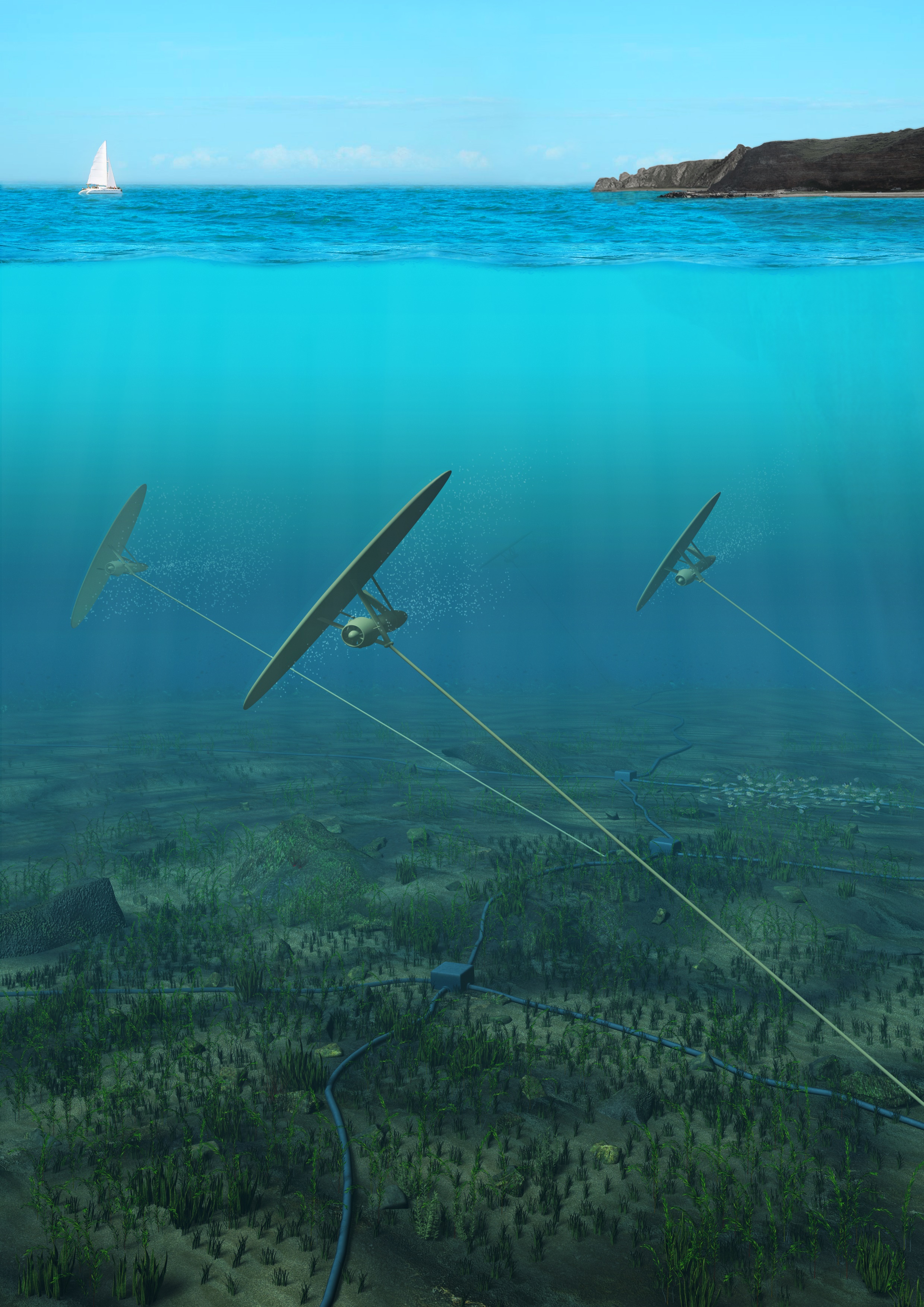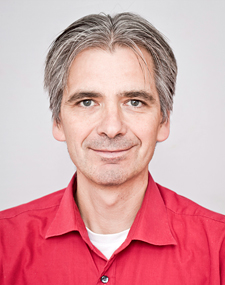
They look like the kind of winged contraptions imagined by animation film director Hayao Miyazaki, but these experimental generators could represent the next wave in renewable energy.
With what amounts to one of the biggest-ever European investments in ocean energy, the first commercial scale underwater “kite” power plant is being built off the coast of Holyhead, Wales.

Tidal energy is sort of an underwater version of wind energy, explains Stefan Björklund, an assistant professor in machine design at KTH Royal Institute of Technology in Stockholm. Björklund has done work in other ocean energy projects, and is now involved in the 10 megawatt Deep Green plant being built in partnership with Swedish marine energy company Minesto and civil engineers McLaughlin & Harvey. Deep Green recently secured EUR3.5 million from KIC InnoEnergy, and an additional EUR13 million from the European Regional Development Fund.
These underwater, winged turbines are anchored below ocean’s surface. And in the same way a kite flies faster than the wind, their speed exceeds the speed of ocean currents by a factor of between 8 and 10, Björklund says. “You keep the kite moving in a figure eight pattern, to keep up the high speed.”
The ocean currents — which flow at depths of 60m to 120m off of Holyhead — are relatively slow, at between 4-9km/ h. But they’re also steady and water is much denser than air, which means it provides much greater constant force.
Electricity is produced in the generator, and transmitted through a cable in the tether attached to the wing. The electricity continues in sub-sea cables on the seabed to the shore. The 500kw kite designed by Minesto has a 12m wingspan and must be anchored at a minimum depth of about 60m, to ensure that ships can pass above them.
Unlike windmills however, underwater kites do not need gears — though Minesto’s director of ocean operations, Ted Rosendahl, says the company is still considering the gearbox option in the process of optimizing their generators.
Björklund explains the challenge with gears: “When working with generators, it’s always good to have high speed. With wind power you need a gearbox to increase the speed of the generator, and that’s become a problem for the wind industry. Windmills need big parts because the torque through the system is much higher.”
The KTH team is performing mechanical simulations and calculations for subsystems of the kite, with most of the work beginning next year.
So by 2019, a 10 megawatt power station should up and running, with a field of kites gliding in figure eights on the ocean floor — a scene so whimsical it could come from a Miyazaki film. Except harvesting ocean energy is not as effortless as it looks.
“There are many attempts to harvest energy from the sea, such as wave conversion. And it’s always very difficult,” Björklund says. “The environment out on the sea is very harsh, and they always find problems when they try to put inventions in the sea.”
David Callahan

Awesome article David.
Cheers! 🙂